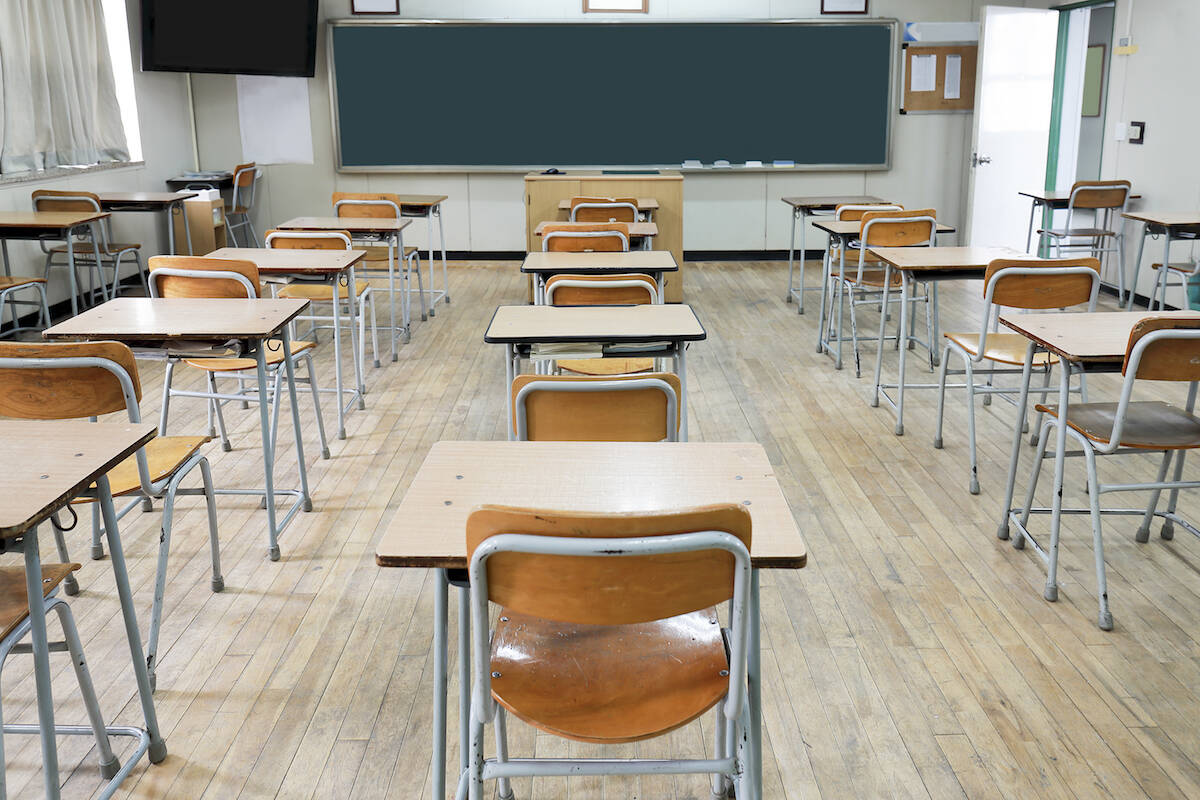EDITORIAL: School districts remain awash in pandemic cash
Taxpayers will no doubt be shocked — shocked! — to learn that school districts across the country spent COVID funds to pad “their payrolls or expand programs they pursued long before the outbreak,” The Washington Examiner reports.
Meanwhile, the academic devastation attributed to closed classrooms and remote “learning” will hinder students for years to come.
The feds doled out nearly $190 billion to help the nation’s public schools weather the pandemic. In a report issued in October, FutureEd, a think tank at Georgetown University, found, “Local education agencies are on pace to spend as much as $20 billion on instructional staff under the 2021 federal American Rescue Plan, making teachers the single largest investment under the plan nationwide.”
In addition, the urgency of attacking pandemic learning loss has been smothered by bureaucratic inertia. The Washington Post reported in October that “despite having access to the dollars, school systems throughout the country reported spending less than 15 percent of the federal funding” as students “continue to fall behind.”
In the Clark County School District, COVID money has been used to both add positions and increase pay for teachers and other workers.
The district pocketed nearly $1.2 billion in assistance from Washington. In June, officials announced plans to increase starting teacher pay by 16.5 percent and to pay $5,000 bonuses to administrators and experienced teachers. Members of support staff each received $4,500 as a “retention” bonus.
District officials insist that only the bonuses — which, unlike raises, aren’t built into baseline spending plans — were covered by pandemic funds, but money is fungible and the move laid the groundwork for a future budget crunch.
The district has also used its “free” money to add positions as it sheds students. Since the 2017-18 school year, Clark County has seen enrollment drop almost 10 percent, yet it has more licensed employees.
District officials maintain that nearly 80 percent of the federal money has been committed to student-oriented “investments,” including classroom technology, summer school and mental health initiatives. But the details on such spending are murky and some of these programs were in place before the pandemic. At this point, there’s little evidence that the spending — the district has run through about one-third of its windfall — has reversed the academic slide or improved mental health outcomes.
We’ll learn in coming years how pandemic largesse distorts the district’s finances going forward. We’ll also soon discover whether this massive infusion of taxpayer support accomplishes its ostensible goal: to reverse the academic declines wrought by overzealous pandemic policies. So far, the results aren’t promising.

















